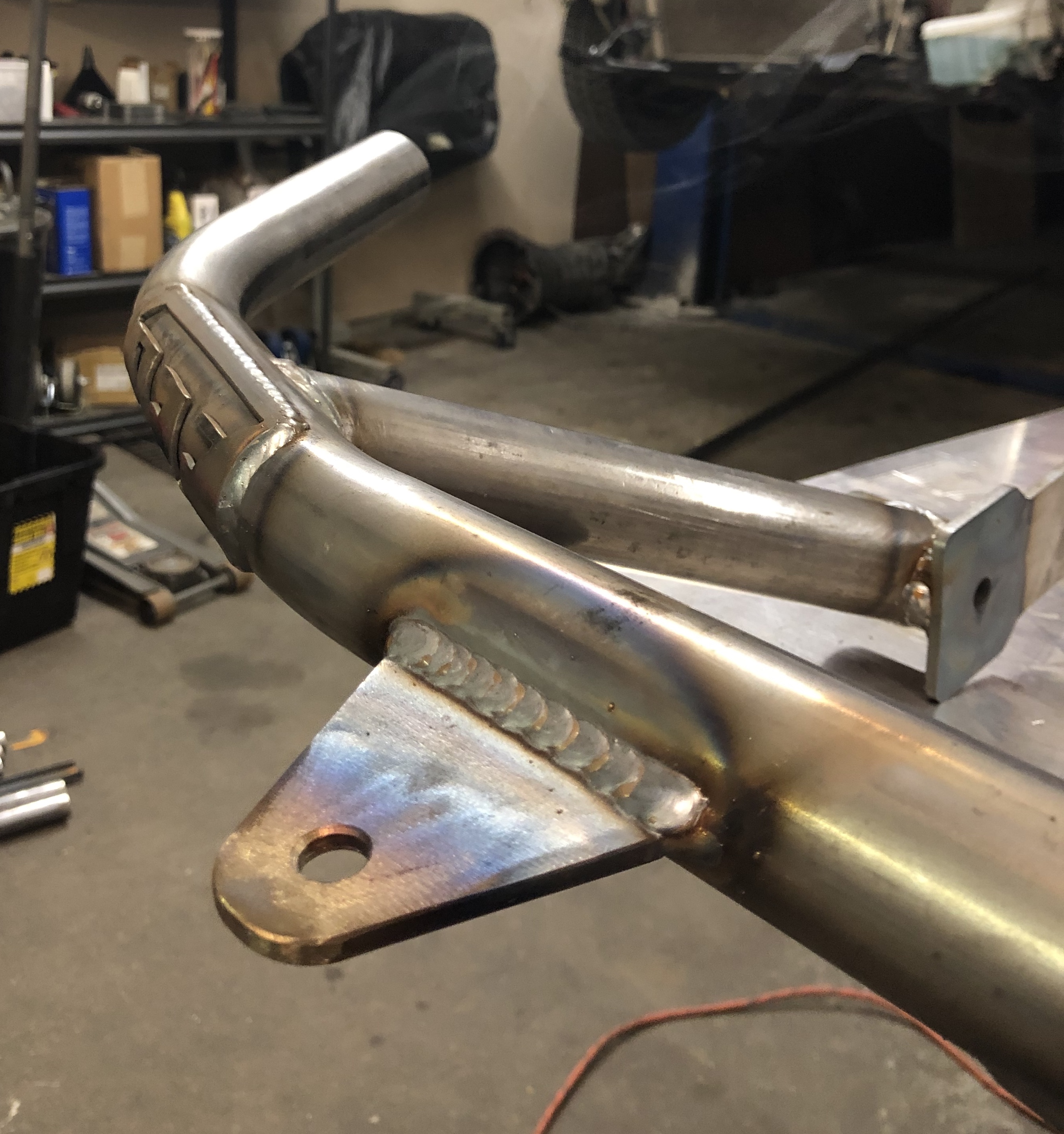

This was because of the Gentlemen’s agreement among Japanese car manufacturers at the time. The RB26DETT could make around 500 horsepower racing R32s, but it only made 275 horsepower for the consumer market. Via ASM Feature (Photography by Mark Pakula)

In this class, they could compete effectively with a better engine and similar weight as other competitors. Nissan then decided to increase the engine’s displacement to 2.6-liter (RB26DETT), which allowed them to move up to the 4.5-litre class. Later, Nissan decided to make their racing R32s all-wheel drive, but this increased the weight, and the cars could not compete effectively in the 4.0-litre class. The engine was also turbocharged, and the racing regulations put it in the 4.0-litre class. Nissan first tested out a bored and stroked RB20 engine for racing models, which increased the engine displacement to 2.4 litres with a power output of 310 horsepower. Nissan wanted a race-bred R32 that would replace the R31 GTS-R in group A racing. But Nissan had made a prototype R32 GT-R in 1988, which had the RB26DETT engine, and when it went into production in 1989, nothing was changed. That is why most people prefer the 1996 Nissan Stagea as an R33 wagon.ģ months after Nissan started production of the R32 Skyline, they introduced a GT-R spec for the R32. Nissan discontinued skyline wagon versions until they started producing the R33 in 1996.

For larger vehicles such as station wagons, the tax liability was high. These laws determined the amount of tax liability based on the exterior dimensions of the car. The R32 Nissan Skyline was also considered a compact car under Japanese laws. Nissan offered the 1.8-liter CA engine and the RB20 engine to customers who could not pay hefty annual road tax. The larger the displacement, the more the tax. In Japan, the engine displacement sizes of your engine determine the amount of road tax a car owner has to pay. ABS was also introduced in the R32 and was optional for some trim levels.Īll turbo models of the R32 Nissan Skyline had a viscous limited-slip differential that came standard, and a mechanical limited-slip differential for all GT-R models. Later on, the M-spec trim was only available for the R33 and R34 Skylines. Nissan made numerous Skyline R32 trims, including M-spec versions that had better brakes and larger wheels.
R32 skyline bashbar series#
The R32 GTS-25 was one of the first cars in the skyline series and Japan to have a 5-speed automatic transmission.
R32 skyline bashbar driver#
Either as a daily driver or a sportier family car.Ī 5-speed automatic transmission was also available for the R32. All these upgrades over the previous generation skylines made the R32 better in all ways. The R32 Skyline also used a four-link suspension system. Nissan’s four-wheel-drive system, the ATTESA E-TS, was used on some basic trims of the R32, such as the GTS-4, also called the GTS-T type M. This four-wheel steering system (HICAS) was first introduced in the R32 and then improved over time with the R33 and R34 Skylines. Some versions of the R32 Skyline had rear-wheel steering, with the rear wheels being hydraulically connected to the steering wheel. The fuel injection system was upgraded to an electronically concentrated control system (ECSS). Has some rare parts like HKS charge pipe, M’s intake, factory knee pad, Nismo cluster, Nismo exhaust.Nissan removed the twelve-port inlet thus, the heads were improved. Sounds like something is rubbing on the front right side but can’t see anything. Has an occasional 4th gear grind that should be fixed with Redline shockproof oil. Needs a fair amount of work, but runs and drives well. Not sure what it is but I’m not interested in spending any more time on this car.


 0 kommentar(er)
0 kommentar(er)
